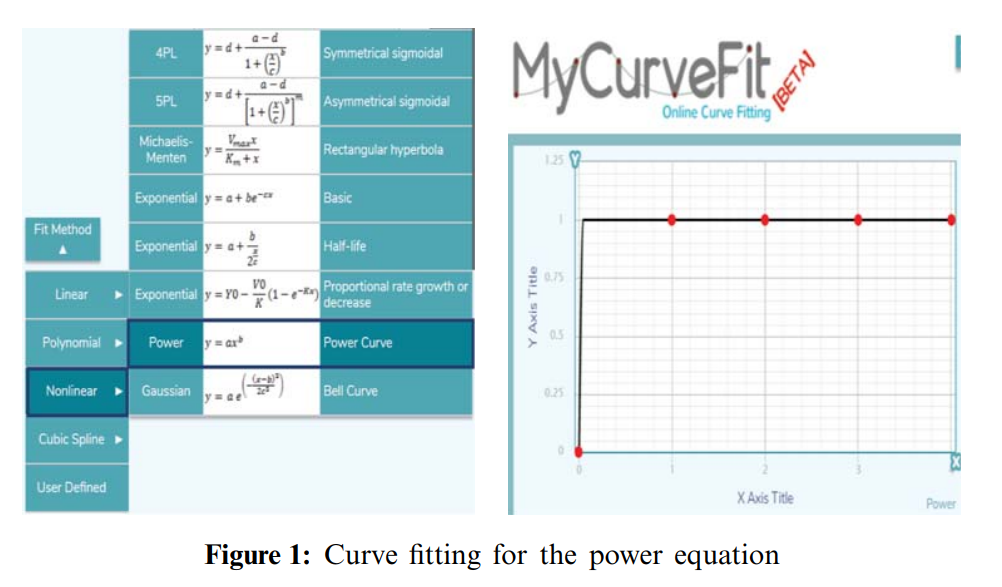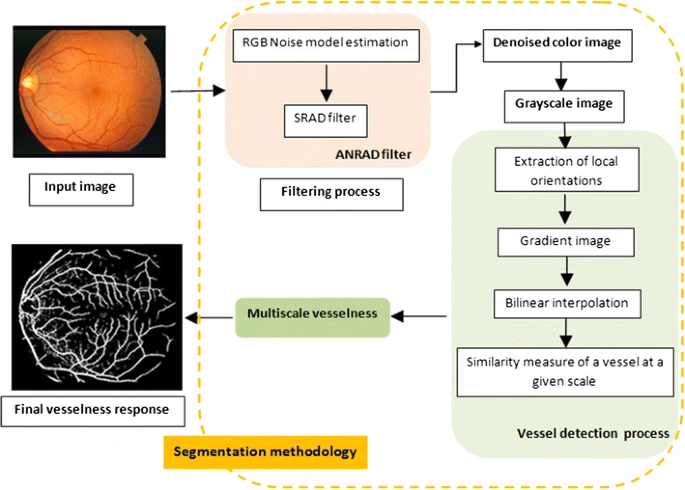Breadcrumb
Experimental Lane Keeping Assist for an Autonomous Vehicle Based on Optimal PID Controller
Detection of the lane boundary is the primary task in order to control the trajectory of an autonomous car. In this paper, three methodologies for lane detection are discussed with experimental illustration: Blob analysis, Hough transformation and Birds eye view. The next task after receiving the boundary points is to apply a control law in order to trigger the steering and velocity control to the motors efficiently. In the following, a comparative analysis is made between different tuning criteria to tune PID controller for Lane Keeping Assist (LKA). In order to receive the information of the

Nandrolone decanoate safely combats catabolism in burned patients: A new potential indication after recall
Introduction: The hyper-catabolic state is a devastating pathophysiological response to severe injury, infection or burns. Nandrolone decanoate (ND) is a potent anabolic steroid have many clinical indications, but not investigated in burn injuries yet. Patients and methods: A prospective randomized control study included 40 burned patients who were treated in Burn unit from burn injuries ranged from 20 to 40%. Both groups are objectively assessed, clinically and laboratory during treatment period till full recovery from burns’ injury. Recall assessment of the drug safety after many years is

Optimum Location of Field Hospitals for COVID-19: A Nonlinear Binary Metaheuristic Algorithm
Determining the optimum location of facilities is critical in many fields, particularly in healthcare. This study proposes the application of a suitable location model for field hospitals during the novel coronavirus 2019 (COVID-19) pandemic. The used model is the most appropriate among the threemost common locationmodels utilized to solve healthcare problems (the set covering model, the maximal covering model, and the P-median model). The proposed nonlinear binary constrained model is a slight modification of the maximal covering model with a set of nonlinear constraints. The model is used to

Optimum distribution of protective materials for COVID−19 with a discrete binary gaining-sharing knowledge-based optimization algorithm
Many application problems are formulated as nonlinear binary programming models which are hard to be solved using exact algorithms especially in large dimensions. One of these practical applications is to optimally distribute protective materials for the newly emerged COVID-19. It is defined for a decision-maker who wants to choose a subset of candidate hospitals comprising the maximization of the distributed quantities of protective materials to a set of chosen hospitals within a specific time shift. A nonlinear binary mathematical programming model for the problem is introduced with a real
Comparative Analysis of Various Machine Learning Techniques for Epileptic Seizures Detection and Prediction Using EEG Data
Epileptic seizures occur as a result of functional brain dysfunction and can affect the health of the patient. Prediction of epileptic seizures before the onset is beneficial for the prevention of seizures through medication. Electroencephalograms (EEG) signals are used to predict epileptic seizures using machine learning techniques and feature extractions. Nevertheless, the pre-processing of EEG signals for noise removal and extraction of features are two significant problems that have an adverse effect on both anticipation time and true positive prediction performance. Considering this, the

Noise-estimation-based anisotropic diffusion approach for retinal blood vessel segmentation
Recently, numerous research works in retinal-structure analysis have been performed to analyze retinal images for diagnosing and preventing ocular diseases such as diabetic retinopathy, which is the first most common causes of vision loss in the world. In this paper, an algorithm for vessel detection in fundus images is employed. First, a denoising process using the noise-estimation-based anisotropic diffusion technique is applied to restore connected vessel lines in a retinal image and eliminate noisy lines. Next, a multi-scale line-tracking algorithm is implemented to detect all the blood

Optimized Edge Detection Technique for Brain Tumor Detection in MR Images
Genetic algorithms (GAs) are intended to look for the optimum solution by eliminating the gene strings with the worst fitness. Hence, this paper proposes an optimized edge detection technique based on a genetic algorithm. A training dataset that consists of simple images and their corresponding optimal edge features is employed to obtain the optimum filter coefficients along with the optimum thresholding algorithm. Qualitative and quantitative performance analyses are investigated based on several well-known metrics. The performance of the proposed genetic algorithm-based cost minimization

Nonlinear single-input single-output model-based estimation of cardiac output for normal and depressed cases
Mental depression is associated with an increased risk of cardiovascular mortality, thus provisioning generic simple nonlinear mathematical models for normal and depressed cases using only heart rate (HR) or stroke volume (SV) as a single input to produce cardiac output (CO) as a single output instead of using both HR and SV as two inputs. The proposed models could be in the future an effective tool to investigate the effect of neuroleptic medication, especially depression, and it reduces the time of processing. Seventy-four depressed cases, 74 normal peers and autoregressive considered as a

Automatic mri breast tumor detection using discrete wavelet transform and support vector machines
The human right is to live a healthy life free of serious diseases. Cancer is the most serious disease facing humans and possibly leading to death. So, a definitive solution must be done to these diseases, to eliminate them and also to protect humans from them. Breast cancer is considered being one of the dangerous types of cancers that face women in particular. Early examination should be done periodically and the diagnosis must be more sensitive and effective to preserve the women lives. There are various types of breast cancer images but magnetic resonance imaging (MRI) has become one of
Classifying Upper Limb Activities Using Deep Neural Networks
This paper presents a classification method using Inertial Measurement Unit (IMU) in order to classify six human upper limb activities. The study was also carried out to investigate whether theses activities are being performed normally or abnormally using two different neural networks: Artificial neural network (ANN) and convolutional neural network (CNN). Human activities that were included in the study: arm flexion and extension, arm pronation and supination, shoulder internal and external rotations. Before activities categorization, training data was obtained by the means of an IMU sensor
Pagination
- Previous page ‹‹
- Page 9
- Next page ››
